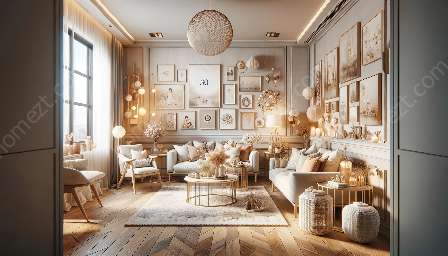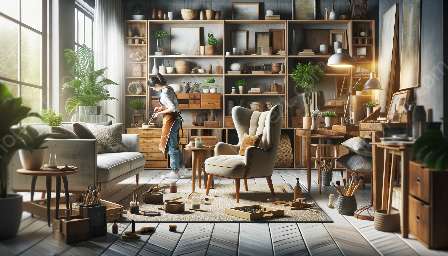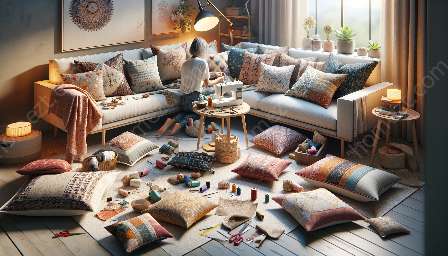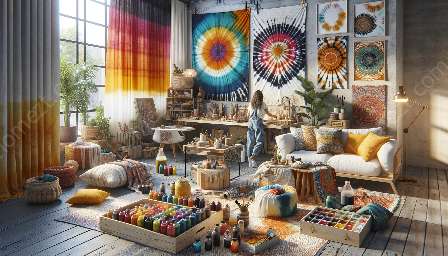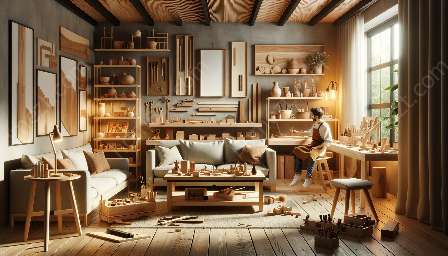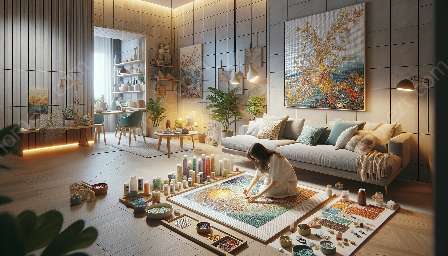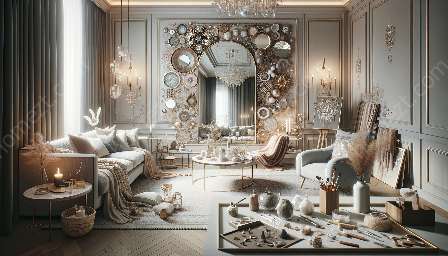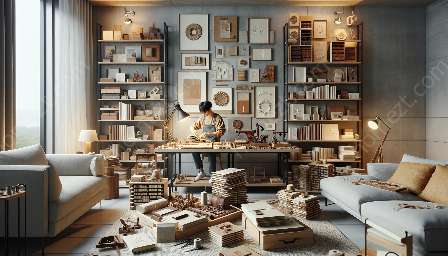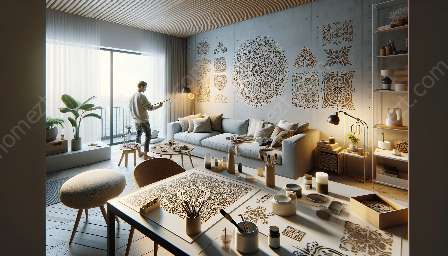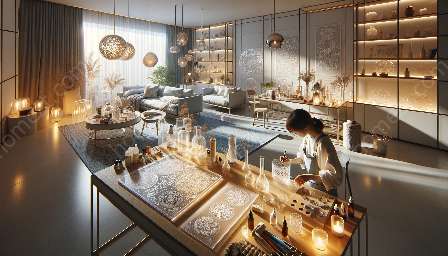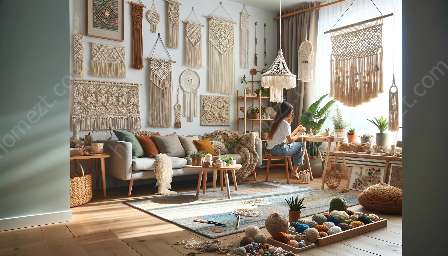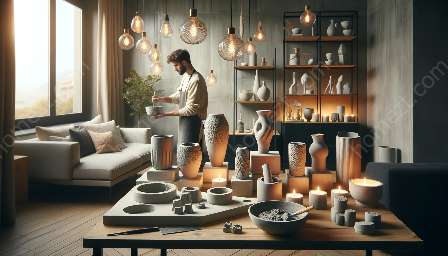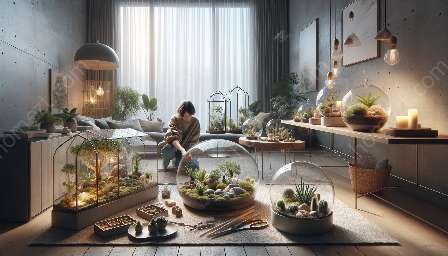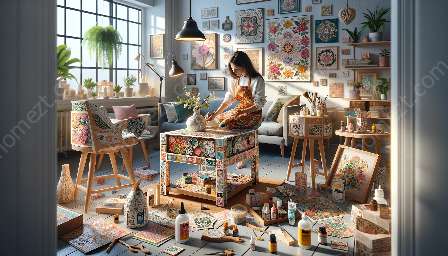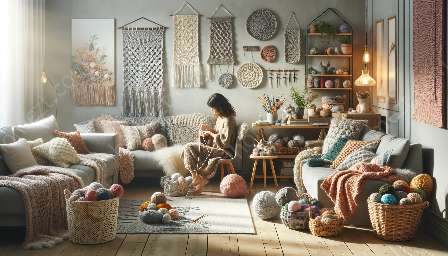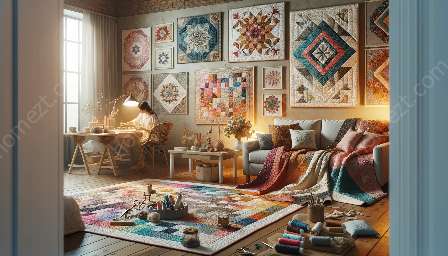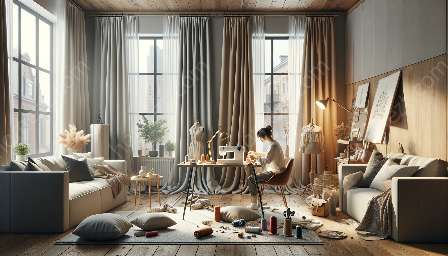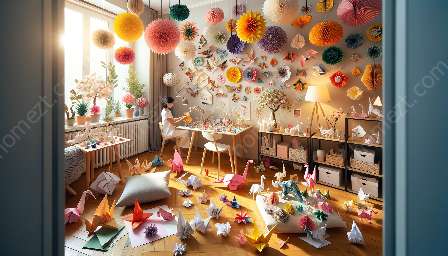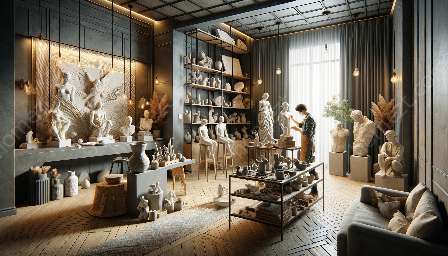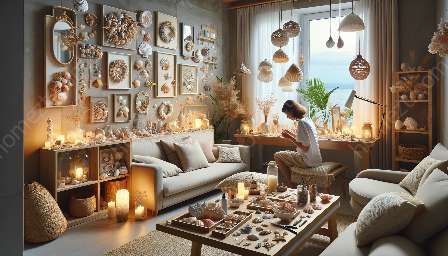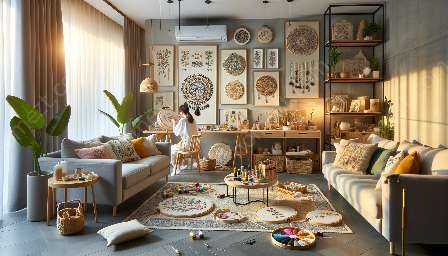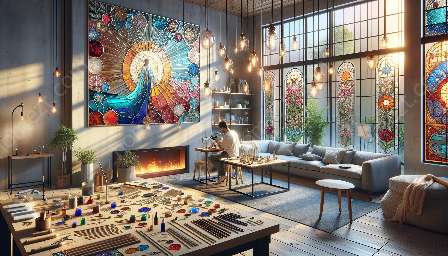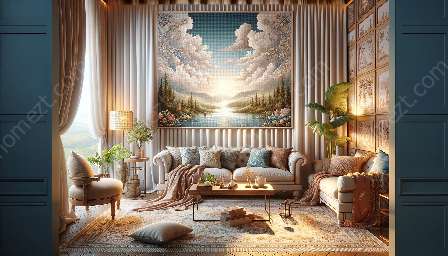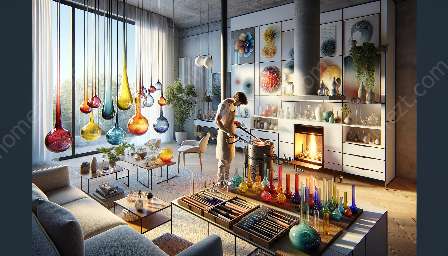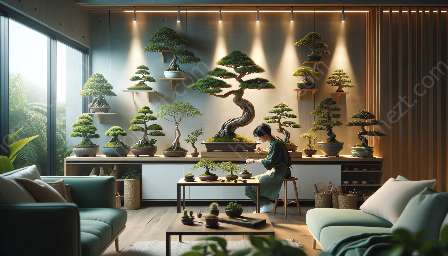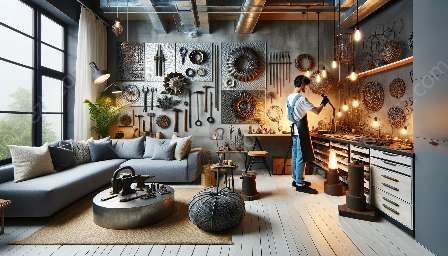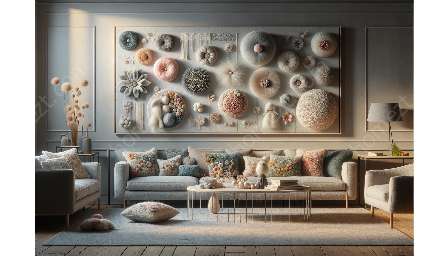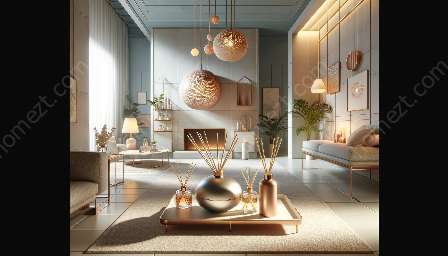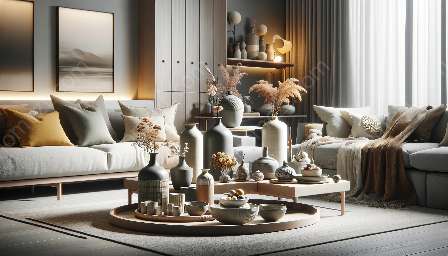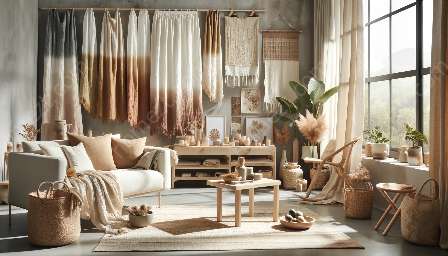Are you looking for a creative and unique way to bring nature into your home? Terrarium building is a popular hobby that combines gardening, home decor, and DIY craftsmanship to create stunning miniature ecosystems. In this comprehensive guide, we'll cover everything you need to know about creating your own terrariums, from choosing the right plants and containers to maintaining your little green oasis.
What is a Terrarium?
A terrarium is a sealed or open glass container that contains soil and plants, creating a miniature ecosystem. They come in various shapes and sizes, making them versatile for any room in your home. The glass container allows sunlight to enter, creating a self-sustaining environment for the plants inside.
Benefits of Terrarium Building
Building a terrarium offers numerous benefits for DIY home decor and home furnishings. It allows you to bring nature indoors and add a touch of greenery to any space, improving air quality and reducing stress. Terrariums can serve as unique centerpieces, accent pieces, or even living art within your home. Additionally, terrarium building encourages creativity and can be a fulfilling and rewarding hobby that brings joy to your daily life.
How to Build a Terrarium
Creating a terrarium can be an enjoyable and rewarding DIY project. Follow these steps to build your own stunning terrarium:
- Choose Your Container: Select a clear glass container that will provide ample space for your chosen plants. Consider various shapes and sizes, such as bowls, jars, or hanging globes, to add visual interest to your space.
- Select Suitable Plants: Choose small plants that thrive in the same conditions, such as succulents, air plants, or moss. Ensure that the plants you select have similar light and water requirements for a cohesive terrarium environment.
- Add a Layer of Gravel or Rocks: Create a foundation for proper drainage by adding a layer of gravel or rocks to the bottom of your container. This will help avoid water stagnation and root rot within your terrarium.
- Place a Layer of Activated Charcoal: To prevent mold and mildew, add a thin layer of activated charcoal over the rocks. This will help to purify the air and keep your terrarium fresh and healthy.
- Add Potting Soil: Carefully add a layer of appropriate potting soil, ensuring that the depth is suitable for the roots of your selected plants. Avoid packing the soil too tightly, as this can hinder drainage and airflow.
- Arrange and Plant Your Greenery: Place your chosen plants in a visually appealing arrangement within the terrarium. Use a small trowel or spoon to dig holes for planting, being cautious not to damage the fragile roots of the plants.
- Add Decorative Elements: Consider adding decorative elements such as small figurines, decorative rocks, or colored sand to enhance the visual appeal of your terrarium. This personal touch can add whimsy and personality to your creation.
- Water Sparingly: After planting, water the terrarium sparingly using a small watering can or spray bottle. Avoid overwatering, as excessive moisture can lead to plant rot. Monitor the moisture level and adjust your watering schedule as needed.
- Place in Indirect Sunlight: Position your terrarium in a location that receives indirect sunlight, such as a bright room or near a window. Direct sunlight can cause excessive heat and may damage the delicate plants inside your terrarium.
- Maintenance: To keep your terrarium healthy, monitor the moisture and light levels regularly. Prune any overgrown plants and remove any decaying matter to maintain a thriving ecosystem.
Inspiration for DIY Terrarium Home Decor
Once you've mastered the art of terrarium building, the possibilities for incorporating these unique creations into your home decor are endless. Here are a few ideas to inspire your DIY decorating projects:
- Tabletop Terrariums: Create a cluster of small terrariums with different plants and containers to serve as an eye-catching centerpiece for your dining or coffee table.
- Hanging Terrariums: Suspend decorative terrariums from the ceiling to add a touch of greenery to any room while saving space.
- Terrarium Wall Art: Arrange a series of terrariums on a wall-mounted shelf or frame to create a living wall art installation.
- Terrarium Bookends: Make a statement with terrarium bookends that combine functionality and natural beauty to adorn your bookshelves.
- Seasonal Terrariums: Change out the plants and decorative elements in your terrariums to match the seasons and holidays, adding a festive touch to your home decor.
Final Thoughts
Building and incorporating terrariums into your home decor is a wonderful way to bring the beauty of nature indoors. Whether you're looking for a creative hobby, a unique home accent, or an inspiring DIY project, terrarium building offers something for everyone. With a little creativity and the right materials, you can cultivate your own miniature green oasis that will enhance your living space and bring joy to your daily life.


